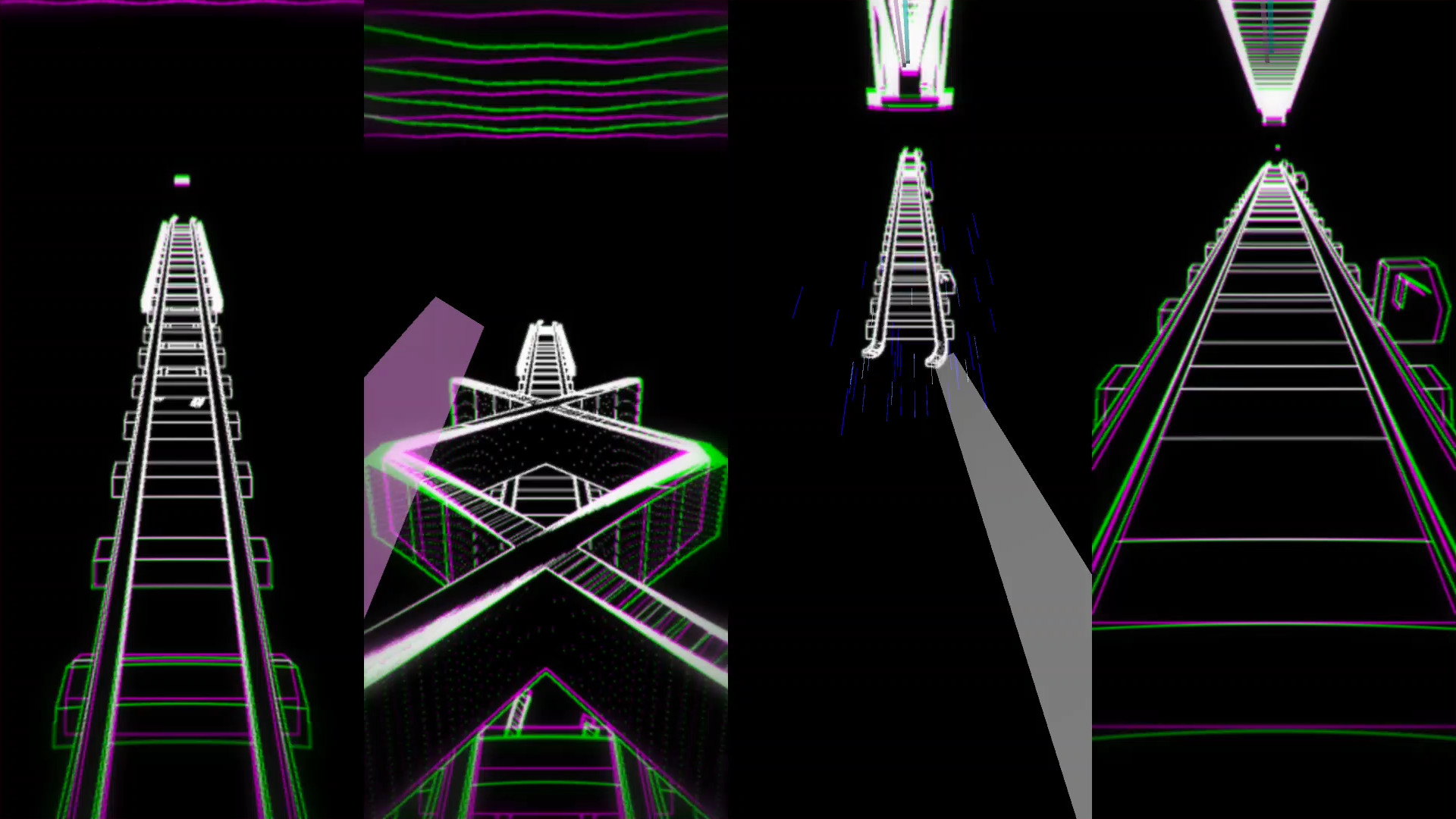

Most of them are situated in the east of The Netherlands, two of them in southern region. Together they cover the whole area of integrated photonics including the opto electronics system and machinery companies, from research to commercial delivery. No less than 8 companies are entitled as a SMB company, 1 has a large industry entity, finally a research organisation and a community party from the high tech sector are involved. The FLEXIT-project team exists of 11 partners with different backgrounds. All members are well-know to each other and bring lot’s of experience in their specific area. The project team members are selected on actors-in-the-chain approach. The project scope makes it possible that these developments also find their way to the Dutch SMEs. The Netherlands can become the international production centre of high-volume photonic manufacturing equipment and fulfil the enormous global demand.
#Fotonica background full
Next to that it creates a full supply chain for mass production of photonic components. Through FLEXIT these processes will seamlessly connect into each other. Step by step the manufacturing chain is being improved and expanded with new developed and improved tools, including manufacturing processes, through which the manufacturing yield rises (times >10), costs are drastically reduced (-50%) and delivery reliability is maintained (>95%). The manufacturing chain applies to different companies, each with individual processes: design, front-end processing, back-end assembly, packaging, testing and data management. This break-through will show the world how valuable and strong the Dutch semiconductor and PIC ecosystems are.įLEXIT aims to streamline the manufacturing chain and apply crucial improvements. By reducing the cost of assembly with the use of a combined flexible assembly technique and product self-alignment this eventually will considerably reduce the end product cost-price resulting in a faster adoption by the market.

The FLEXIT consortium considers this technology as the missing link in the cost-effective integration and packaging of microelectronic photonic modules. This technology is very promising and, as far as we know, has never been realized elsewhere. With the FLEXIT project our aim is on the assembly process to connect InP PIC’s using a news self aligning concept. This means that assembly of photonic chips almost costs 4 times the cost of the chip itself pushing up prices and limit market penetration. Unlike the “assembly and packaging“of micro electronic chips, whereby connections are made via electronic conductors, the same activity for photonic chips is too complex. This is mainly because of the absence of a generic solution for “assembly and packaging “ of photonic chips. The industrial infrastructure is not yet optimal. There is a worldwide need for a next generation photonic chips and well organised and operating production chain (line) for photonic components, modules and systems. In The Netherlands have a great and long history in the semiconductors business, there are excellent chances to unite forces and connect the Dutch semiconductor industry into the very promising Integrated Photonics ecosystem. The FLEXIT project offers Dutch high tech companies the possibility to claim the new, not yet exploited (mined) market of assembly and integration machinery for volume production of photonic systems. The success of integrated photonics is partially because of the availability of efficient, advanced and flexible means of manufacturing. Photonic engineering is not only applied in the high tech industry but also entering our day-to-day life. Gas analysing equipment based on PICs can be used as surveillance for the living environment of human and animal and in for example chemical production systems. More and more analysing equipment shift from a laboratory environment to a manageable “Point-of-Care” equipment for a physician practice or consumer product equipment. manageable ultrasound equipment or breath and blood analysers is great. The relevance for PICs for modern electronic systems in healthcare i.e. For these and many other applications, we can make use of photonic chips.

In many electronic equipment sensors and controllers which can, for example, transport and analyse liquids and gasses, detect movement of objects and people (physical movement as well as inner body movements like heart beat, blood pressure and blood oxygen saturation) and send or receive sound signals. Photonic Integrated Circuits (PICs) stronly contribute to addressing several social issues in the areas of Health, Agro & Frood and Energy & Environment. FLEXIT > The high volume production line for Integrated Photonics! FLEXIT


 0 kommentar(er)
0 kommentar(er)
